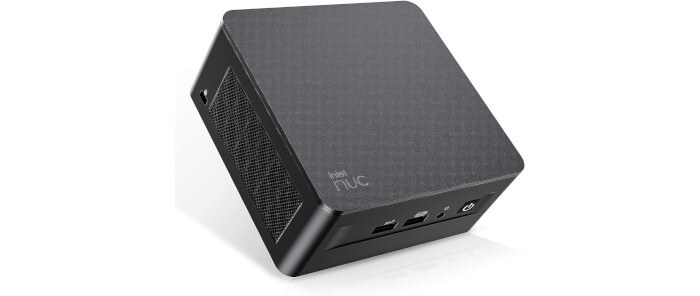Remove Manjaro branding
You may dislike constantly being reminded you’re using Manjaro. If you’re like us, you may wish to remove their branding. Some elements of their branding are unattractive or serve no useful purpose such as within a terminal.
![]()
The simplest fix to remove that branding is to change the default shell. Issue the command:
$ chsh -l
This command lists the shells already present on the system.
/bin/sh
/bin/bash
/bin/rbash
/usr/bin/sh
/usr/bin/bash
/usr/bin/rbash
/bin/zsh
/usr/bin/zsh
/usr/bin/git-shell
We’ll change to the bash shell.
$ chsh -s /bin/bash
Following logging off or a system restart, the terminal now looks like:
![]()
GNOME branding
Replace gnome-shell-maia with the regular gnome-shell package:
$ sudo pacman -Syu gnome-shell
We’ll also remove a few other packages.
$ sudo pacman -R manjaro-gnome-settings manjaro-gnome-backgrounds manjaro-gnome-extension-settings manjaro-gdm-branding
And install the manjaro-gnome-vanilla package:
$ sudo pacman -Syu manjaro-gnome-vanilla
Manjaro’s ‘footprint’ appears in other areas too. For example, they add bookmarks in Firefox. We have no need for support from their forum, and their wiki information is sometimes outdated. We therefore delete these bookmarks, but newcomers to Linux may find it worth retaining them. Each to their own.
Pages in this article:
Page 1 – Installing Manjaro
Page 2 – First boot
Page 3 – Manjaro Settings Manager
Page 4 – Install Intel iHD graphics driver
Page 5 – Other Post-Installation Steps
Page 6 – Remove branding
Complete list of articles in this series:
| Intel NUC 13 Pro Mini PC | |
|---|---|
| Part 1 | Introduction to the series with interrogation of system |
| Part 2 | Benchmarking the Mini PC |
| Part 3 | Installing Ubuntu 23.10 Desktop |
| Part 4 | Configuring Ubuntu 23.10 Desktop |
| Part 5 | Power Consumption |
| Part 6 | P-Cores and E-Cores |
| Part 7 | Gaming |
| Part 8 | Installing and Configuring Manjaro |
| Part 9 | BIOS options |

I’ve always considered Manjaro to be a somewhat mickey-mouse distro. Any distro that tells its users not to use their GUI package manager for big installs is hard to take seriously. But for beginners, I guess it’s easier than trying to fathom getting everything working in Arch.
While I understand where you’re coming from, that’s harsh criticism in my opinion. I’m a keen supporter of Manjaro. Apart from the odd hiccup with NVIDIA drivers, it’s never interfered with my workflow unlike many rolling distros.